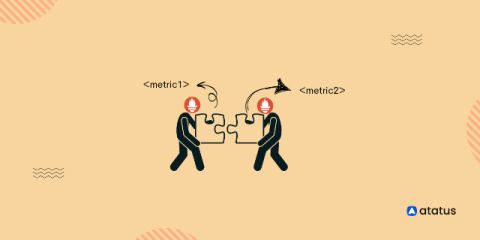Why Your Application is Slow - The 99% Rule for Performance Problems
If you have ever faced performance issues in an application, whether it's sluggish load times, long processing delays, or poor scalability you have probably been told that optimizing the code or database is the solution. But what does that really mean in practice? A lot of the time, it boils down to one of two causes: either a poorly optimized algorithm (often with quadratic or exponential time complexity) or an inefficient database query.











